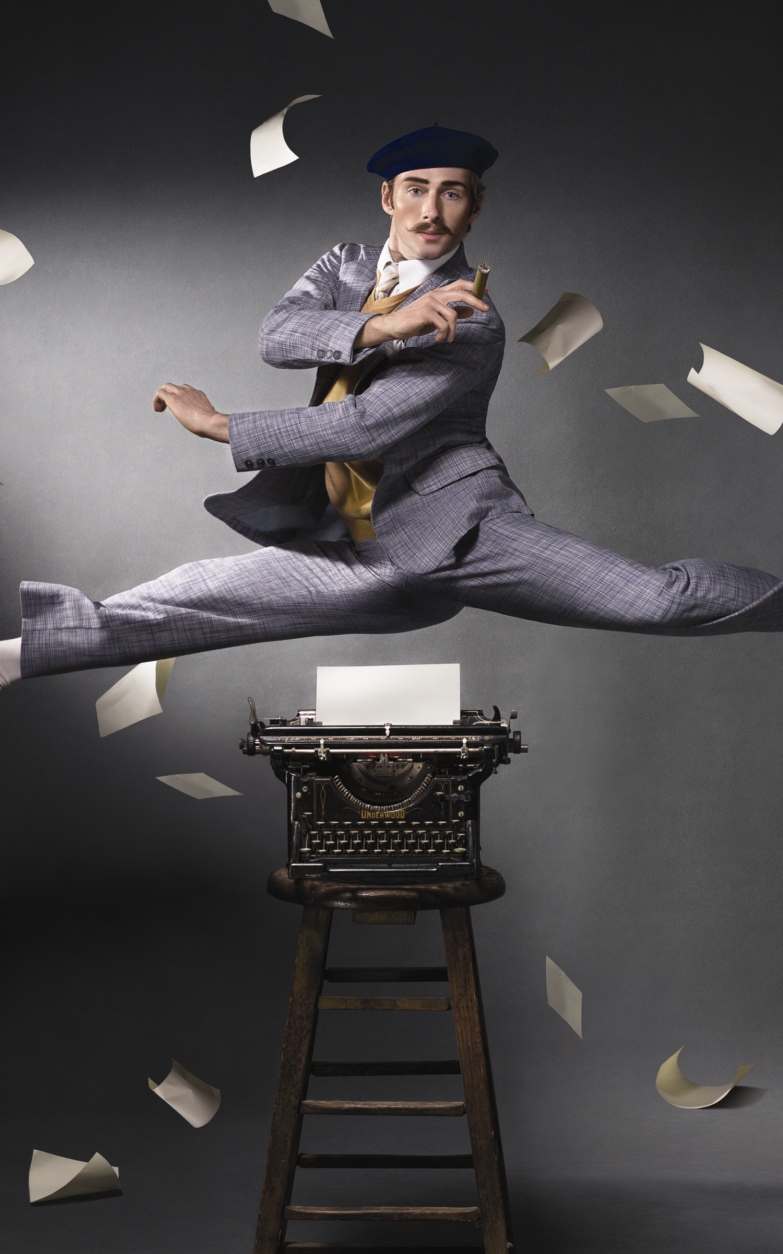
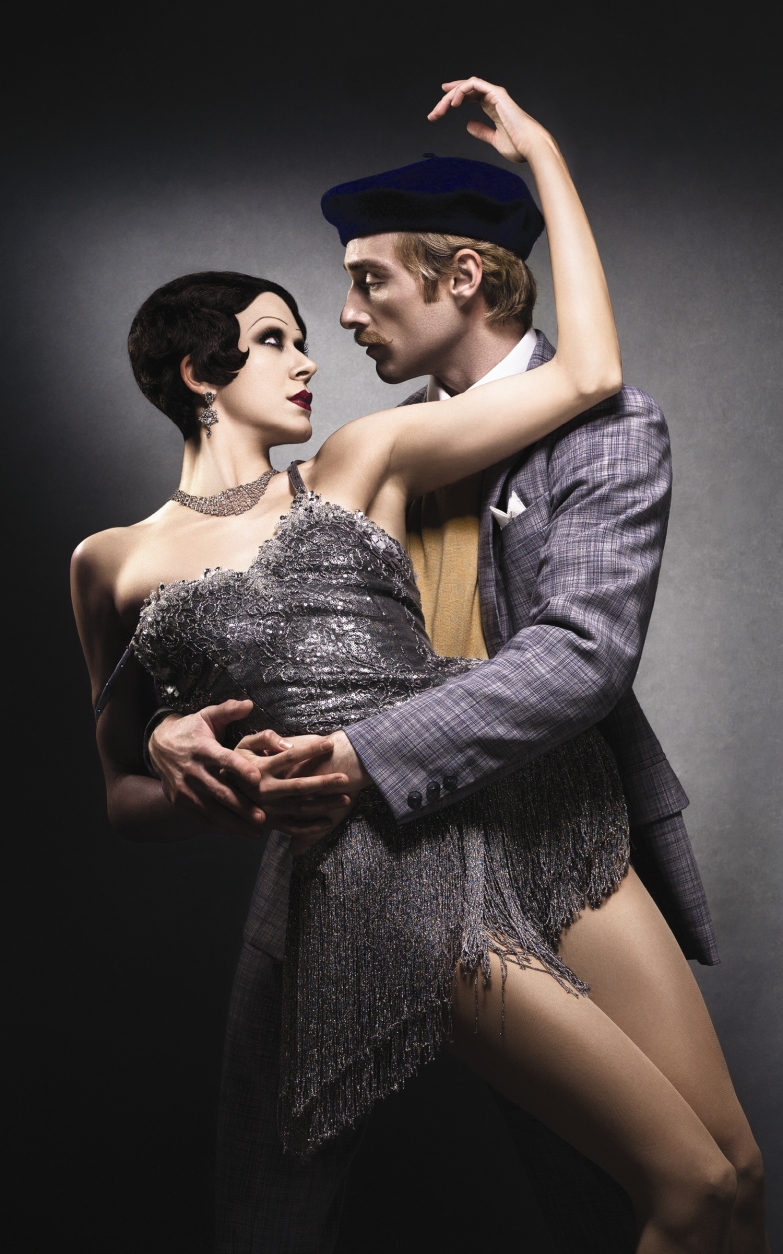
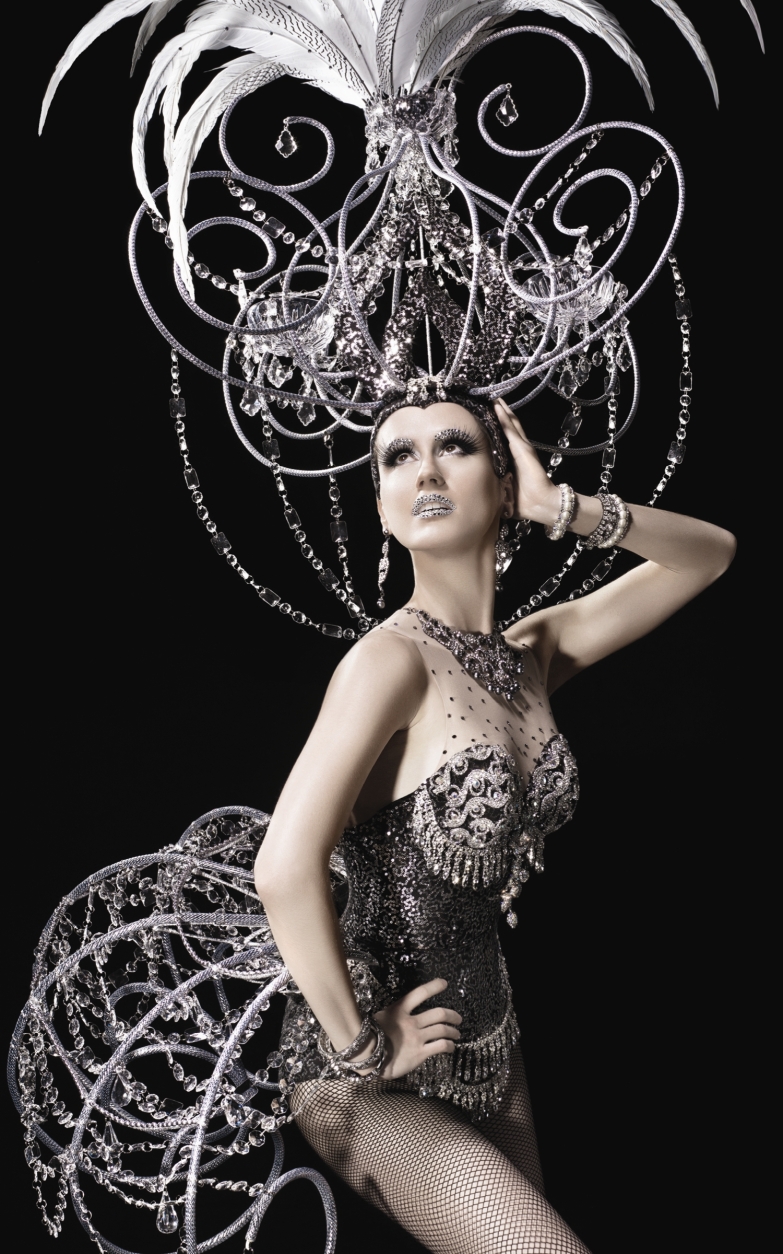
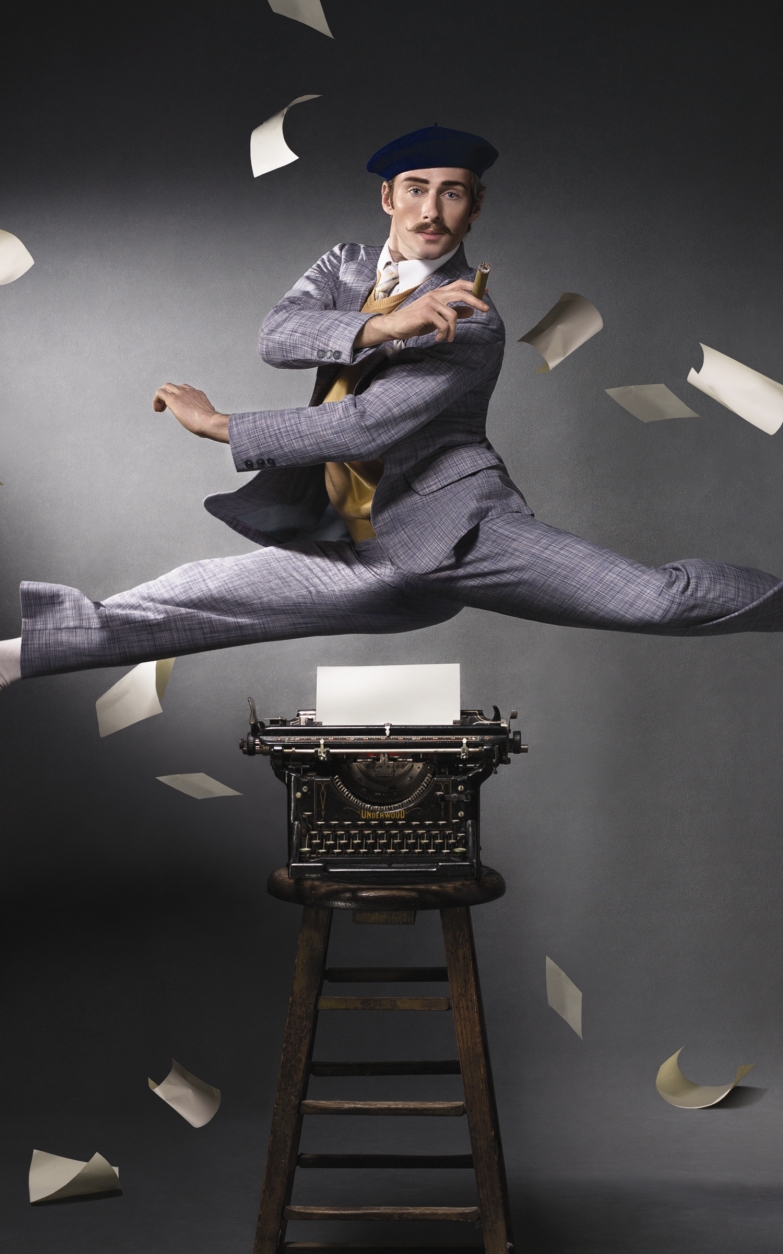
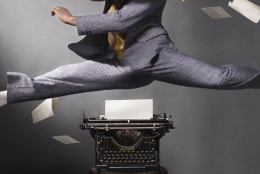
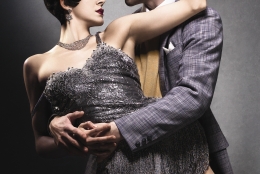
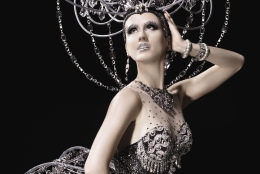
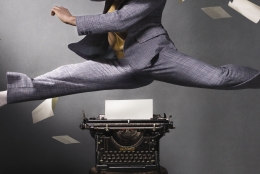
WASHINGTON – Amid the fervor surrounding Baz Luhrmann’s soon-to-be-released film “The Great Gatsby,” the Washington Ballet is debuting the next performance in its “American Experience” series.
Septime Webre, the company’s artistic director, is spearheading a multimedia ballet derived from Ernest Hemingway’s “The Sun Also Rises.” Webre says after the success of the first performance in the series, which was based on F. Scott Fitzgerald’s “The Great Gatsby” novel and ran in 2011, a friend suggested that he reread Hemingway’s novel.
Webre took him up on the suggestion and read the book twice in one week. That friend, William Lilley, had previously taught Hemingway’s novels at Yale in the 1960s and ’70s. He ultimately became a literary consultant for Webre’s production.
Webre loved what he read and began building his ballet, though the dance steps themselves were only just created a few weeks ago. He talked with WTOP about his creative process and the Hemingway and Fitzgerald moment that America is having now.
Distilling a literary work into ballet form
Hemingway is one of the dominant writers of the 20th century, his writing style is so muscular and spare, and the story’s so complex. I wanted to both capture the masculine loneliness of Jake, the lead character, but also the outrageously glamorous and exuberant experiences of the settings.
The first act is set in Paris in 1926 on the Left Bank, where there’s just writers and journalists who do nothing but barhop and drink and have a great time, and the second act is set in Barcelona, Spain, with the running of the bulls and bullfighters and handsome matadors.
So you’ve got this environment and these settings that are filled with glamour and excitement, and you have this lead character who has been damaged because of experiences in World War I.
Ballet choreographers and dancers are not really good historians. What we are really good at is distilling an emotional moment. Our storytelling is simple. We’re best when we’re describing a feeling, the way that a piece of classical music or jazz music that doesn’t have lyrics (describes) an emotion or a feeling. What I’ve done is distill scenes, collapse scenes, make it shorter, take out some extraneous characters and ensure that the story’s essence is present.
We want to focus not just on the storyline, but (also) on the experience of each of the characters and what it feels like for Jake to sit at his typewriter table and be alone. What did it feel like for him to be in love with Brett Ashley and be in the backseat of a car and get into a tangle, but not be able to go through with anything? What does it feel like to be a bullfighter in the middle of a ring fighting a dangerous bull? Those experiences are things that we’re really good at describing through our dancing.
The concept of a ballet with multimedia elements
I grew up artistically in the world of George Balanchine and Merce Cunningham, really stripped-down works with no real theatrical elements to them. But over the last several years, I’ve returned to my essential roots.
I come from a big storytelling family and I’ve started to develop a real interest, and therefore skills and background, in staging large theatrical spectacles. The sets, the costumes, the lights and music – these are all a part of it. The grandeur of the story – it’s not a long book, but it’s a very grand theme – this grandeur required a kind of grand theatrical statement onstage. Despite Hemingway’s spare prose, the themes are grand. So the presence of the multimedia, the presence of this live music, having Ari Shapiro, E. Faye Butler, and flamenco artists and flamenco guitarists all join us onstage makes for the whole thing to be (on) more of an operatic scale. This tale is an operatic tale sparsely told, but I think the grandeur makes these elements all the more important.
Including Hemingway’s authorial voice in the story
I worked hard to have Hemingway himself present in the ballet. We quite literally project some of his words on the stage. When Jake is typing, you’ll occasionally see Hemingway’s real words from the book projected in a typewriter print. This helps tell the story and gives the audience a flavor of the mood, which comes across in Hemingway’s words.
I looked at Hemingway’s sentences and saw how they were constructed, these relatively short sentences with very muscular, punchy words. In some parts of the ballet, I tried to develop movement phrases that I thought would be a metaphor not just for the content of the writing, but the writing style itself. I hope subconsciously there’s some homage to Hemingway’s writing DNA intrinsic in how I put the steps together.
The fishing scene in the middle of the novel
It’s almost like a sorbet between courses. The plot is not really furthered during that scene, but it’s a vital part of the book’s themes. Jake is part of what Gertrude Stein referred to as the Lost Generation, that generation of young men who fought in World War I. They’re the first generation of Americans who had to confront the horrors of modernity and somehow marry that with their optimistic past.
Jake’s a simple guy from the Midwest. It’s a moment: he’s left the craziness of Paris and he returns to what his roots are, which is simple life, honest living, fishing with his buddy, drinking wine and swapping stories. And it’s healing for him, a healing process of something that makes him feel stronger after being worn down by the frenetic pace of Paris. So the fishing scene is there (in the ballet). It’s a beautiful pas de deux for Bill and for Jake, a duet.
The timing of the Hemingway ballet and the Fitzgerald movie
“The Sun Also Rises” and “The Great Gatsby” were published (in) the same year, and Fitzgerald and Hemingway were initially friends, then became frenemies, and then ultimately became warring enemies. But I think we’re having a Fitzgerald and a Hemingway moment.
There’ve been quite a number of Hemingway books and a knockout film on Hemingway and his third wife in recent years. The Baz Lurhmann film can only help. The 1920s are in our psyche, the American psyche. At a time when things are a little uncertain for us and our foundations are a little bit loose, we naturally look back to our past for certainty.
These are two glorious cultural manifestations, of who we are as Americans, that describe us in such different ways, but they describe us so well.
Watch members of the Washington Ballet discuss “The Sun Also Rises.”
Follow @WTOP and @WTOPLiving on Twitter.







